1. Louisiana
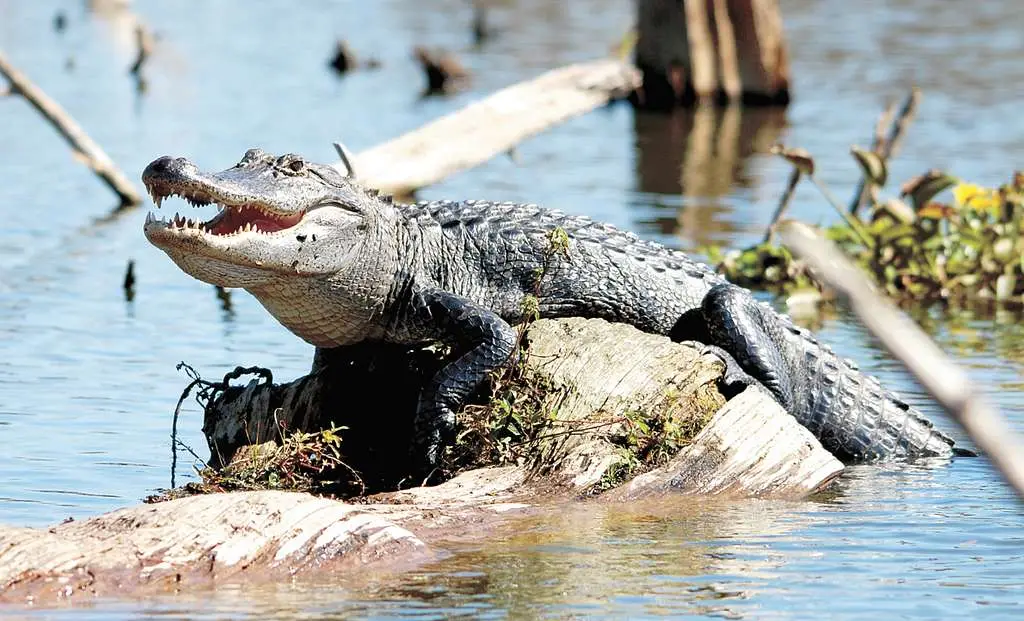
Alligator Population: Around 2 million
According to the Louisana Department of Wildlife and Fisheries, with its mix of swamps, marshes, and bayous, Louisiana is a haven for alligators, hosting a population of around 2 million. The state’s distinctive wetlands create the perfect environment for alligators to thrive, and visitors can find them throughout the state. The Jean Lafitte National Historical Park, just outside of New Orleans, is a prime location for alligator sightings. This park offers an array of guided swamp tours, where knowledgeable guides take visitors through dense swamps and wetlands, providing an up-close look at the local wildlife. Louisiana’s swamp tours are one of the best ways to see alligators in the wild, as these creatures are often spotted sunning themselves or cruising along the water.
Additionally, the Honey Island Swamp, located just east of New Orleans, is another hotspot for alligator sightings. This remote swamp is home to a variety of wildlife, including alligators, and is accessible via airboat tours. The Atchafalaya Basin, the largest swamp in the U.S., also offers incredible opportunities to see alligators. With over 2 million alligators in the state, Louisiana is undeniably one of the best places in the U.S. for alligator watching.
2. Florida
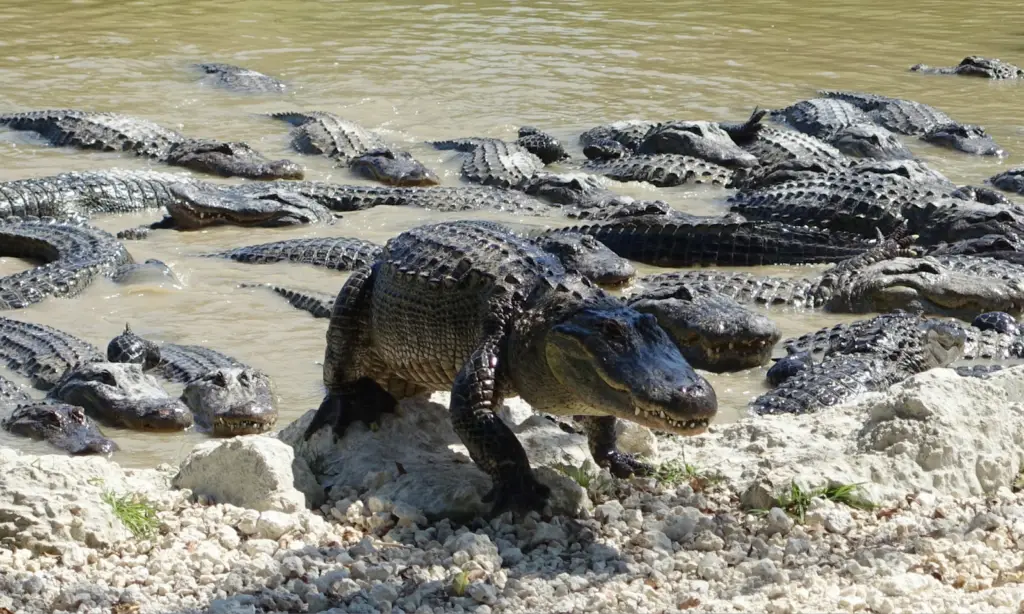
Alligator Population: Over 1.3 million
Florida is one of the leaders in alligator populations, with more than 1.3 million alligators spread across the state. The Everglades National Park, one of the most iconic ecosystems in the U.S., is known for its dense wetlands and large alligator population. The Everglades offers a prime opportunity for visitors to spot gators as they bask in the sun or glide through the waterways. Guided airboat tours are available for those looking to get up close to alligators in their natural environment. For a more controlled experience, Gatorland in Orlando is a top destination.
According to Visit Florida, the “Alligator Capital of the World” is Gatorland—home to thousands of alligators, including rare albino gators. Visitors can watch alligator feeding shows, participate in interactive exhibits, and even experience a thrilling gator encounter. Another excellent spot is the Big Cypress National Preserve, which is teeming with alligators and offers a quieter, less commercialized experience compared to the Everglades. If you’re looking for an unforgettable alligator-watching adventure, Florida offers a variety of ways to get up close and personal with these impressive reptiles.
3. Texas
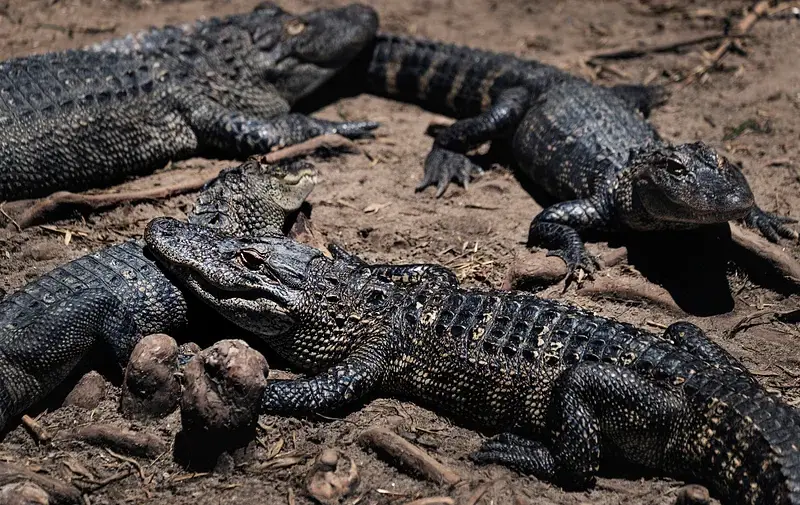
Alligator Population: Approximately 500,000
Texas is home to about 500,000 alligators, and while it’s not the top state in terms of population, it offers plenty of opportunities to see these reptiles in their natural habitat. One of the most popular destinations for alligator sightings is Galveston Island, located along the Gulf Coast. The island’s bayous, marshes, and wetlands are home to a healthy alligator population, and visitors can take guided tours to see them up close. Big Thicket National Preserve, located in eastern Texas, is another fantastic spot for alligator sightings. Known for its biodiversity, the preserve’s swampy terrain is home to numerous alligators, especially in the warmer months when the reptiles are more active.
Another great location is the Caddo Lake State Park, located on the Texas-Louisiana border. This area features an expansive lake surrounded by swamps, and alligators can often be seen in the shallow waters or basking along the shore. According to the U.S. Fish and Wildlife Service, the state also offers several wildlife refuges and national parks where alligators can be spotted, including the San Bernard National Wildlife Refuge and the Brazoria National Wildlife Refuge. Texas may not have the largest alligator population, but its diverse ecosystems make it a prime spot for alligator enthusiasts.
4. Georgia
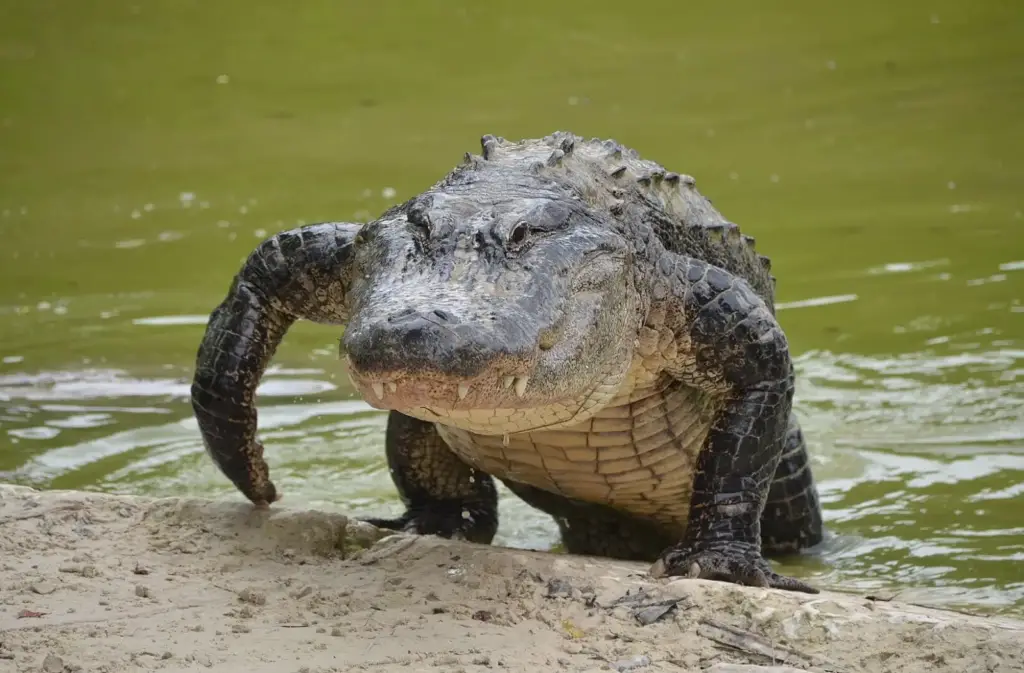
Alligator Population: Around 200,000
Georgia is home to an estimated 200,000 alligators, and the state offers several opportunities to see these reptiles in the wild. The Okefenokee Swamp, located in the southeastern part of the state, is one of Georgia’s top alligator-watching destinations. This vast, remote swamp is home to a large population of alligators, and visitors can take guided boat tours through the wetlands to spot them in their natural habitat. According to the National Park Service, the swamp is part of the Okefenokee National Wildlife Refuge, which protects over 400,000 acres of pristine wetlands. Another great location is the Alligator River National Wildlife Refuge, located in the coastal plain of Georgia.
This refuge is known for its large alligator population, especially in the spring and summer months when alligators are more active. The Savannah National Wildlife Refuge, located along the Georgia-South Carolina border, also provides excellent alligator-watching opportunities. With a mix of freshwater and saltwater marshes, the refuge offers an ideal environment for alligators, and visitors can easily spot them along the trails and waterways. Whether in swamps or along rivers, Georgia offers multiple spots for those looking to observe alligators in their natural environment.
5. South Carolina
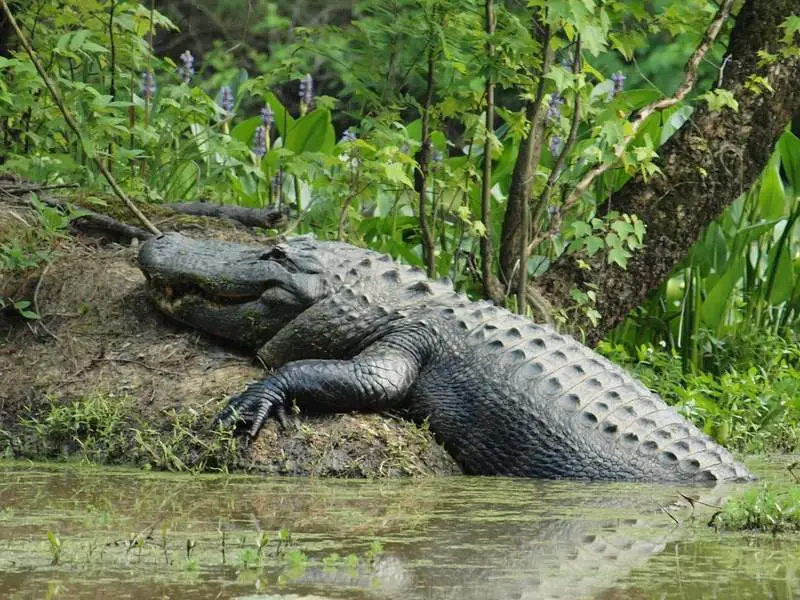
Alligator Population: 100,000+
South Carolina is home to over 100,000 alligators, and the state’s warm climate and wetlands create an ideal environment for these reptiles to thrive. One of the top spots to see alligators is the Congaree National Park, located just outside Columbia. This park features swamps, floodplains, and bottomland hardwood forests, making it a prime habitat for alligators. Visitors can explore the park’s many trails or take a canoe ride along the Congaree River, where alligators are often spotted sunning themselves along the banks.
According to the South Carolina Department of Natural Resources, Lake Marion, the largest lake in the state, is another great location for alligator sightings. The lake’s surrounding wetlands provide a perfect habitat for alligators, and it’s not uncommon to see them lounging on the shores or swimming in the waters. Additionally, the ACE Basin National Estuarine Research Reserve, located along the coast, offers excellent opportunities to spot alligators in their natural habitat. Whether in swamps, marshes, or lakes, South Carolina provides ample chances to encounter these magnificent reptiles.
6. Alabama
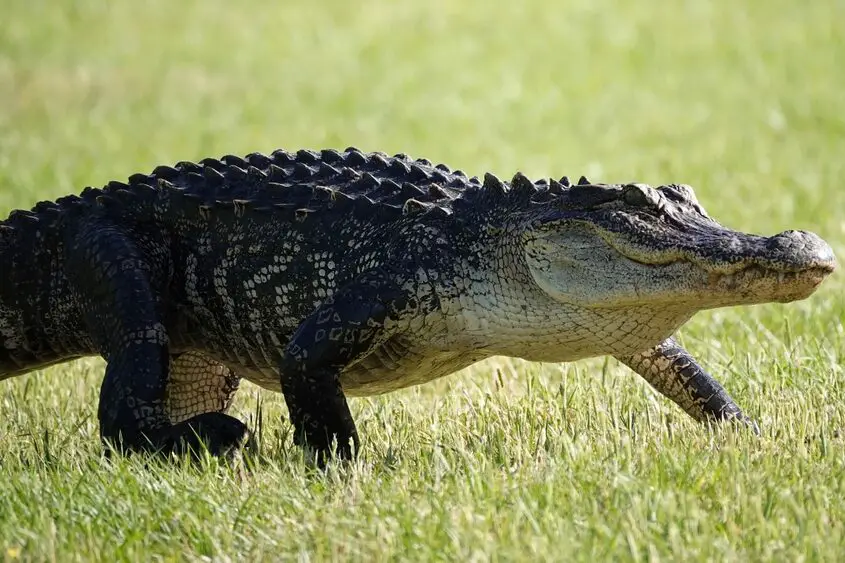
Alligator Population: About 70,000
Alabama, with its mix of freshwater lakes and swamps, is home to around 70,000 alligators. The Mobile-Tensaw River Delta is one of the state’s best spots for alligator sightings, offering miles of waterways and wetlands that provide an ideal habitat for alligators. Visitors can explore the delta on guided boat tours, where they’ll likely encounter alligators basking in the sun or swimming through the waters. Lake Eufaula, located on the Alabama-Georgia border, is another great location for alligator watching.
The lake is surrounded by wetlands, and alligators can often be seen sunning themselves along the shores or swimming in the water. Additionally, the Bon Secour National Wildlife Refuge on the Gulf Coast offers opportunities to see alligators in their natural environment. With its diverse habitats, from coastal marshes to freshwater lakes, Alabama is a great destination for alligator enthusiasts.
7. Mississippi
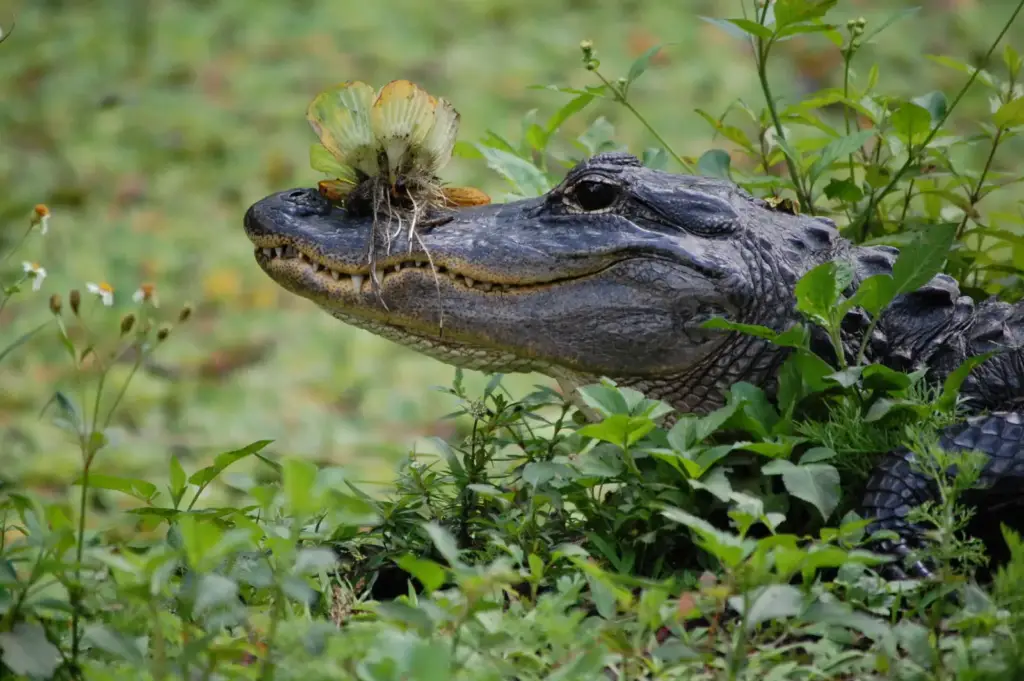
Alligator Population: Around 30,000
Mississippi may not have the highest alligator population, but with an estimated 30,000 alligators, it’s still a prime destination for those looking to spot these reptiles. The Gulf Coast, with its extensive wetlands and marshes, is one of the best places to see alligators in the state. Visitors can take boat tours through the region’s swamps, where alligators are frequently spotted along the water’s edge or in the shallow waters. The Tishomingo State Park, located in the northeastern part of the state, is another great place to spot alligators, especially in the summer months when they are most active. The park features a variety of ecosystems, including creeks, wetlands, and forested areas, making it an ideal location for wildlife sightings. Additionally, the Pascagoula River, one of the longest free-flowing rivers in the U.S., offers a chance to see alligators in a natural, undisturbed setting. Whether on the coast or inland, Mississippi provides several opportunities to see these fascinating reptiles.
8. North Carolina
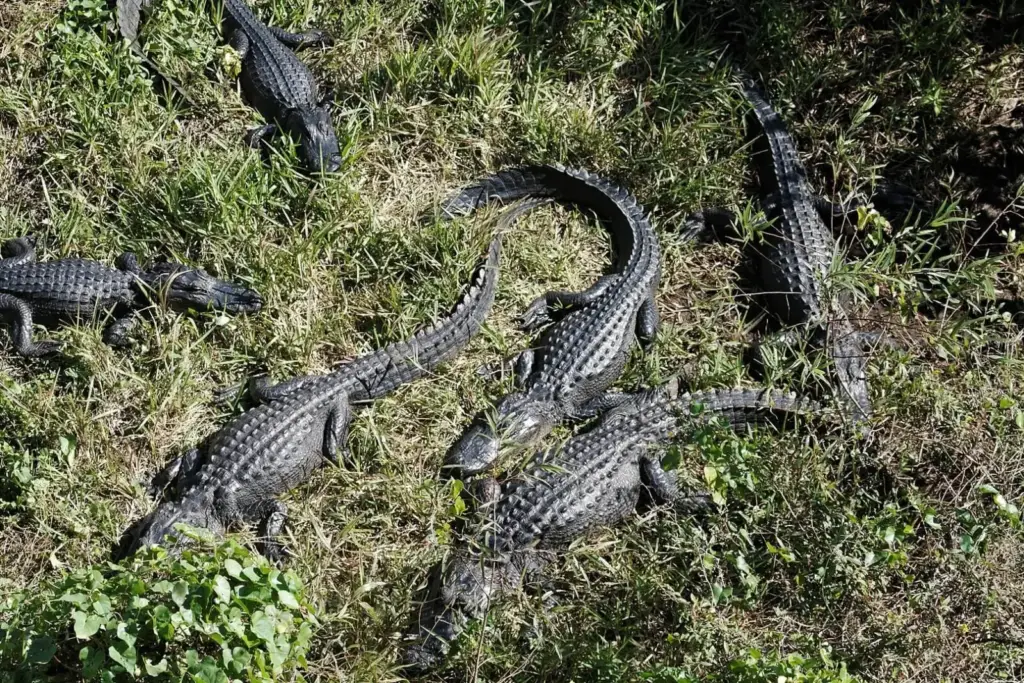
Alligator Population: Approximately 20,000
North Carolina, though home to a smaller alligator population, is still a great destination for alligator watching, with an estimated 20,000 alligators in the state. The Pocosin Lakes National Wildlife Refuge, located in the northeastern part of the state, is one of the top locations to spot alligators. This vast, remote swamp provides a perfect habitat for these reptiles, and guided tours through the wetlands offer excellent opportunities to see alligators in the wild. The Alligator River National Wildlife Refuge, located along the state’s coastal plain, is another prime alligator-watching spot.
The refuge is home to one of the largest alligator populations in North Carolina, and visitors can often spot these creatures basking in the sun along the shorelines or gliding through the waters. Additionally, the Lake Mattamuskeet National Wildlife Refuge, located in the eastern part of the state, offers opportunities to see alligators in a scenic, serene environment. North Carolina may not have the largest alligator population, but its coastal swamps and wetlands offer a tranquil setting to observe these remarkable reptiles.
9. Arkansas
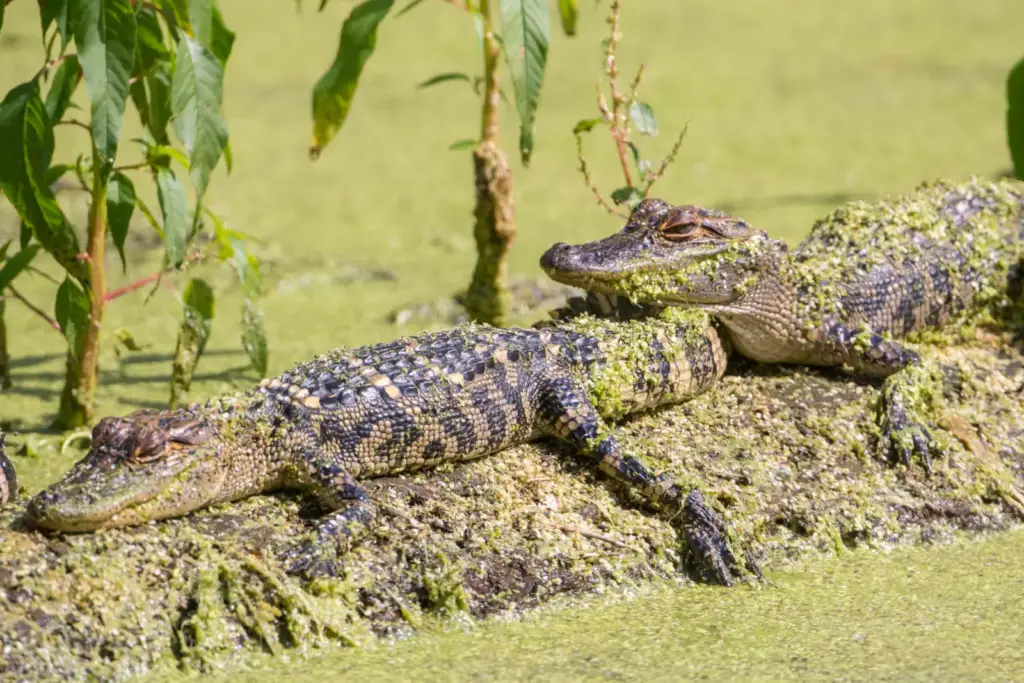
Alligator Population: About 15,000
Arkansas is home to around 15,000 alligators, and while it doesn’t have the largest population, it still offers excellent opportunities for alligator sightings. The Swamp Park in El Dorado is a great place to encounter alligators in a controlled environment, where visitors can learn about the species and safely observe them. For those looking for a more natural experience, Lake Ouachita is one of the best spots in the state to see alligators. The lake is surrounded by forests and wetlands, and visitors can often spot alligators along the shores or in the water.
The White River National Wildlife Refuge is another prime location for alligator watching. With its extensive wetlands and forests, this refuge provides a perfect habitat for alligators, and guided tours offer the chance to see these reptiles in their natural environment. Arkansas may not be as famous for its alligators as other states, but it’s a great destination for those looking to spot these fascinating creatures.
10. Oklahoma
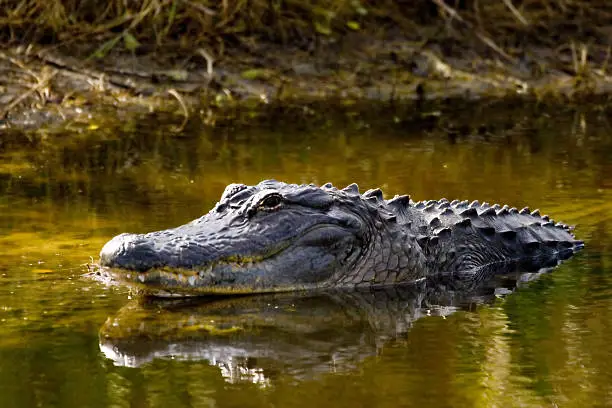
Alligator Population: Approximately 3,000
Oklahoma is home to a small but growing alligator population, with an estimated 3,000 alligators living in the state. The Red Slough Wildlife Management Area is one of the best places to see alligators in Oklahoma. This area features extensive wetlands and swamps, providing an ideal habitat for alligators. Visitors can take guided tours through the wetlands, where they may encounter alligators in their natural environment.
The Tishomingo National Wildlife Refuge, located in the southern part of the state, is another great spot for alligator sightings. The refuge’s wetlands and forests are home to a variety of wildlife, including alligators, and visitors can explore the area on foot or by boat. While Oklahoma doesn’t have a massive alligator population, its wildlife refuges provide a peaceful and serene setting for spotting these fascinating reptiles.


